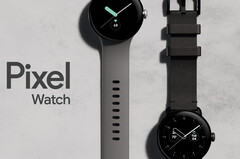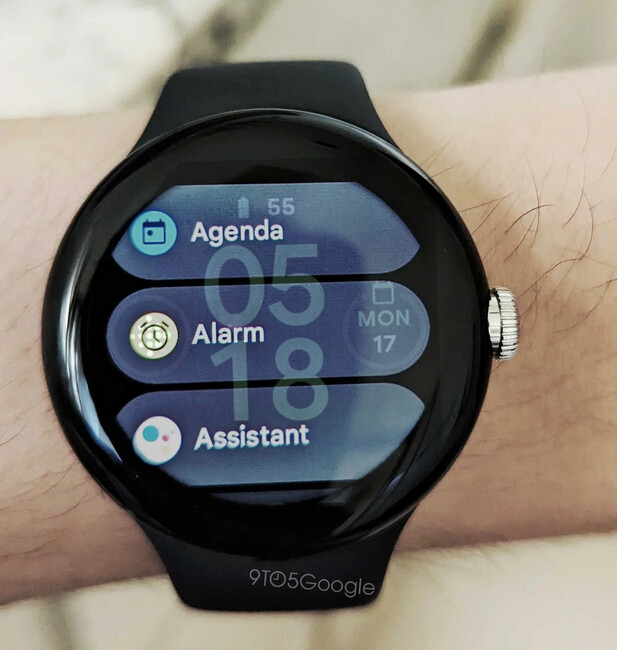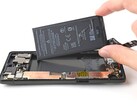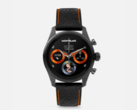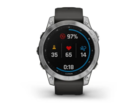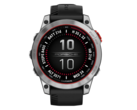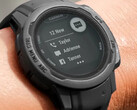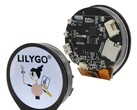Google has not long started shipping Pixel Watch units, with the company electing to offer complimentary LTE models with Pixel 7 Pro pre-orders. While the company's first smartwatch has come in for some flack because of its outdated chipset and short battery life, its AMOLED display has been a highlight, even with its large bezels.
Unfortunately, early reports have emerged that the Pixel Watch's display could suffer from dreaded AMOLED burn-in, highlighted on Twitter by M. Brandon Lee. For example, in his video, watch face elements are retained when viewing other screens. Similarly, 9to5Google discovered a more pronounced effect on its review unit. However, the website determined that deactivating the always-on display should eliminate the issue within 30 minutes or so.
In a statement, Google claims that the issue stems from image retention, not AMOLED burn-in. Clearly, Google needs to improve its software algorithms to further mitigate the issue, particularly as it has occurred in review units within a week or so of use. Ultimately, it is another sign that the Pixel Watch is not a mature product, as is the case with many of its competitors. Google's full statement on the matter is as follows:
What you are seeing is image retention. It is a non-permanent issue that affects OLED displays. It is not a precursor to burn-in and should not be confused with burn-in. The image retention will go away but the longer it is on the screen the longer it will take to go away. The Google Pixel Watch uses a software algorithm to shift the brightness of lit pixels every minute to reduce the possibility of image retention. This prolongs the time before image retention is seen and reduces the time for the image to disappear. If users do experience this, it will go away over time, but users can also turn off AOD and/or use bedtime mode for sleep so the screen stays off overnight.


 Deutsch
Deutsch English
English Español
Español Français
Français Italiano
Italiano Nederlands
Nederlands Polski
Polski Português
Português Русский
Русский Türkçe
Türkçe Svenska
Svenska Chinese
Chinese Magyar
Magyar